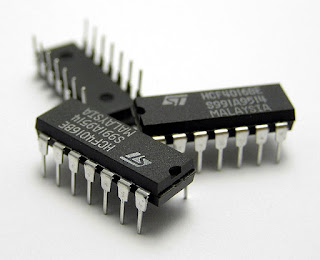「CSS」「div區塊介紹」 三欄式網頁排版設計

三欄式網頁排版設計: <! DOCTYPE HTML PUBLIC > < html > < head > < title > Free Css Layout 1 </ title > < meta http-equiv = "content-type" content = "text/html; charset=UTF-8" > </ head > < body > < style type = "text/css" > #sitebody { width : 600px ; margin : 0 auto ; font-size : 13px ; } #header { background-color : rgb ( 218 , 230 , 59 ); height : 80px ; text-align : center ; line-height : 80px ; } #sidebar_left { background-color : rgb ( 233 , 92 , 92 ); width : 120px ; height : 400px ; ...




